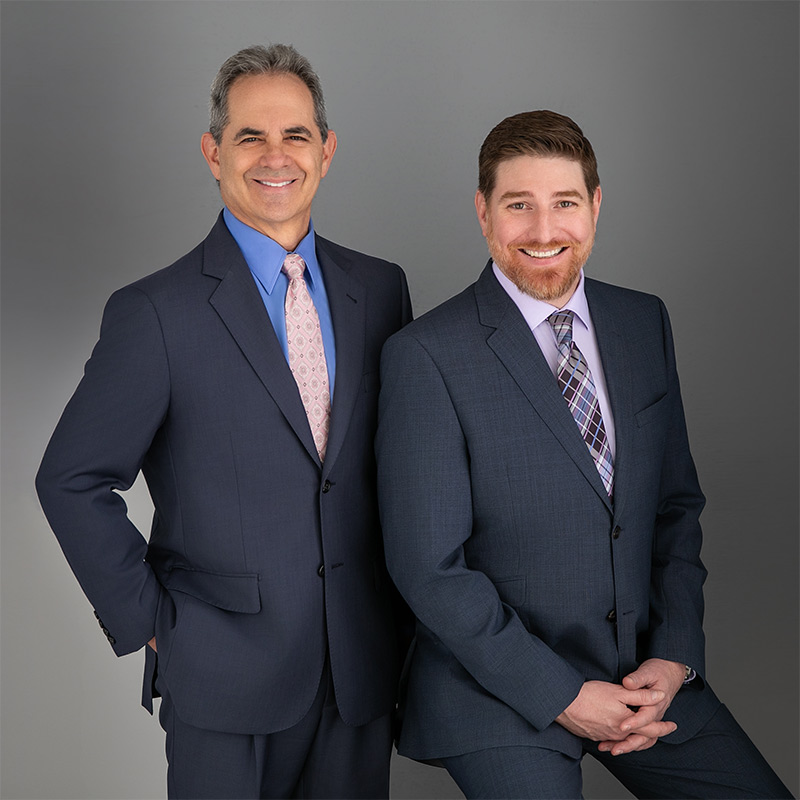If you have ever compared your auto insurance rates with a friend or family member, you will see that they can be quite different for the same coverage. Insurance companies decide how much you pay according to factors that indicate how much of a risk you are. When you buy a new vehicle, it is always a good idea to keep these risk factors in mind to avoid huge rates when you go to insure your new vehicle.
- New or Used: A brand new vehicle carries a higher value therefore making it a greater risk. What you buy and how much it costs will determine how much repairs will cost and whether you want collision coverage on the vehicle.
- Driving History: Non-moving violations such as parking tickets have less impact on your premiums than moving violations such as speeding tickets and DUIs.
- Age and Gender: Insurance companies use statistics to calculate your insurance premiums. Age group, gender, and marital status statistics collected over the years allow insurance companies to classify you either as a high or low risk client.
- Accidents: If you have had a previous accident, insurance companies see you as higher risk. Depending on the severity of the accident and who was at fault, you may see your premiums go up 20% to 40%. Some accident claims may result in your insurer dropping you completely.
- Where you live: Some states have higher rates. This has to do with how much traffic is on the roads, road conditions, where your car is stored, and how many automobile thefts are in your area.
- Gaps in Coverage: Insurance companies view individuals who frequently let their insurance lapse as poor risks. If you are in this group, your choice of providers will be limited and you’ll likely have to pay much higher than normal premiums, even if you have a spotless driving record and claims history.
- Credit Score: Some insurance companies believe that people with bad credit are higher risk when it comes to automobile insurance. As you shop around for insurance, ask each agent if your credit score determines your insurance rates. You should make sure your credit history is accurate so you don’t pay higher insurance due to false credit information.







